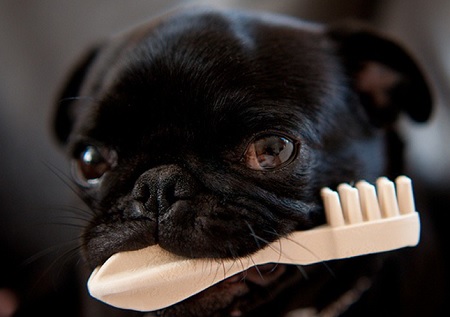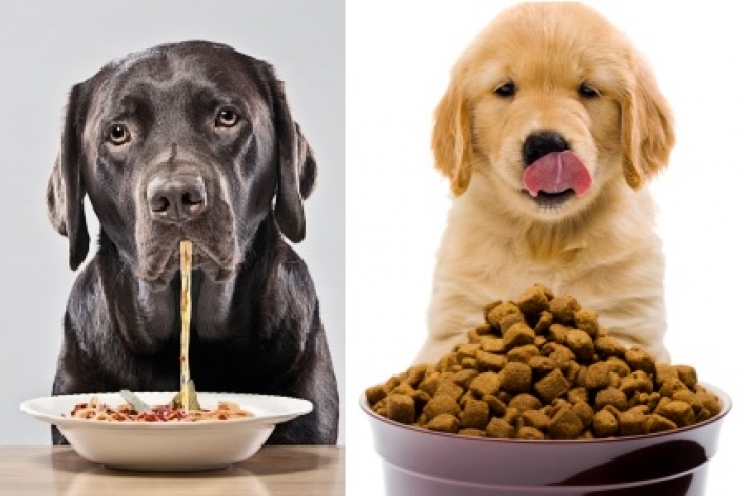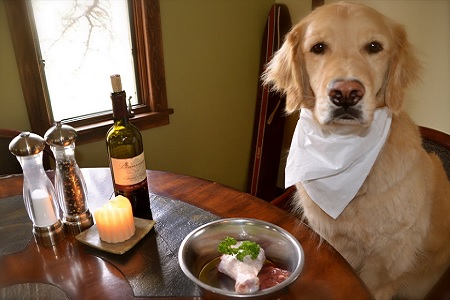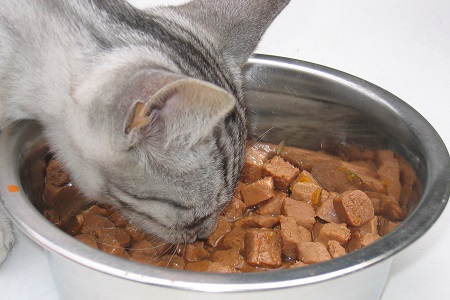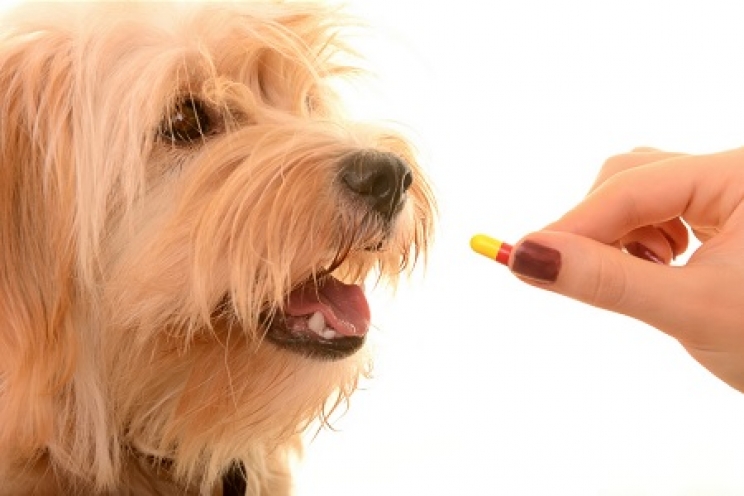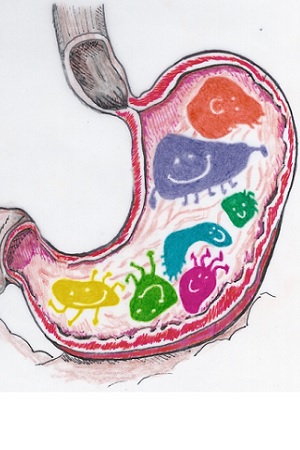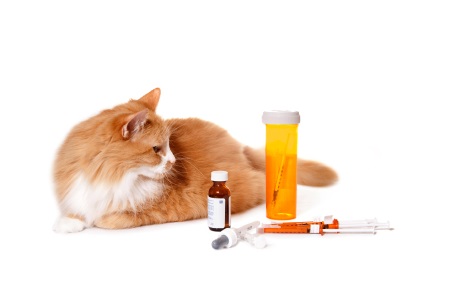How many times have our parents reminded us of the importance of eating vegetables? The same thing would apply to our four legged friends. In fact, all the fibers found in vegetables and fruit take over a series of very important functions in our pets’ body, therefore helping to maintain the health of the intestine and of the whole organism.
Fibers are a part of carbohydrates, more simply known as sugars. In depths, carbohydrates can be divided into two main groups:
- Non-structural carbohydrates; these are found inside plant cells, either as very simple sugars such as glucose, fructose, lactose…etc, or as complex molecules such as oligosaccharides and starch. Once these substances are inside the organism, they are carefully broken down into smaller molecules (such as the starch breaking down into glucose), so that they can easily be absorbed by the intestine. During this process, the animal will have the important energy supply they need in their body.
- Structural carbohydrates; more commonly known as fibers. They include different substances such as cellulose, pectin, lignin, FOS and MOS that build up the plants cell wall reinforcing the cell and keeping them turgid. The only difference between structural carbohydrates and non-structural carbohydrates it that is it impossible for either humans or animals to digest them in the body. They can however be used by microbial flora in the intestine for the sustainability and health of the intestine itself.
It is impossible for any animal organism to digest these structural carbohydrates. Therefore, they are passively transported throughout the stomach and the small intestine until they reach the large intestine. In there, they come across many bacteria, fungi and beneficial protozoa. These are part of the microbial flora of the large intestine.
Moreover, these microorganisms are essential in our digestive system both for blocking pathogens and viruses to take over and to maintain a healthy intestine. When the fibers finally encounter the microbial flora, the beneficial bacteria are able to ferment, producing beneficial substances for the body such as volatile fatty acids (acetic acid, propionic acid and butyric acid). These acids are absorbed by the cells that cover the large intestine in the body.
These cells use the volatile fatty acids as food, essential for their reproduction. When the large intestine lining is correctly working, it is able to remove the excess water inside of it. Due to this process, the body will save useful water which may be used in the body and will assure a correct consistency to the feces. All of this is very useful if the dog might suffer from constipation or diarrhea. Moreover, this mechanism will allow the dog to effectively empty its perianal glands. Due to the increasing amount of feces, the dog will prevent the irritation of these glands.
At the same time, the nutrition to the immune cells found under the intestine lining is assured. By doing this, the organism will be actively responsive to any pathogen or virus attack.
Other than all of these functions, fibers are essential for many other functions in our animal’s body. To fully acknowledge these advantages we must first understand in depths in which categories the fibers are divided into:
- Soluble fibres (pectin, FOS and MOS)
- Insoluble fibers (cellulose
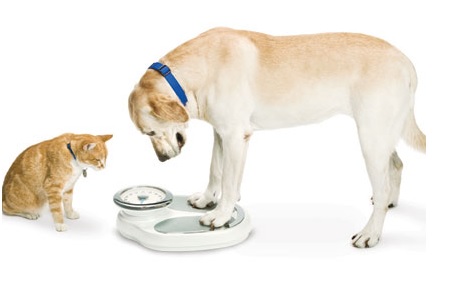
Soluble fibers mainly include pectin, FOS and MOS. Pectin is stored especially in huge quantities in apples and in the white peels of citrus fruits. However, they can also be found in many other vegetables. On the other hand, FOS, are found in the asparagus, artichokes, onion, garlic, beans and bananas. MOS are used for the yeasts cell wall. Their most important characteristic is that they will inflate when they encounter water in the stomach and produce a jelly like product. This curious fact will symbolize a series of advantages
- The pet will reach satiety before; this peculiarity would especially be important for obese and problematic animals that tend to eat too much. The jelly like substance in the intestine will allow the dog to feel packed up with food for a longer period of time, reducing the amount of food they take in in a day.
- Slow down the absorption of substances in the stomach; the important substances present in the stomach will have a slower process into the small intestine, they will therefore be absorbed in a slower way. This is beneficial for diabetic dogs and cats as it avoids a blood sugar peak. This will maintain a constant blood sugar level, right after the meal.
FOS and MOS, have other beneficial properties in our pet’s body such as their important role as prebiotics. These are substances that are indigestible, but do help with the intestines health during their beneficial properties to the microbial flora in the intestine. We have talked about this in more depths in our article dedicated to prebiotics.
Insoluble fibers, on the other hand, are used more efficiently by herbivores such as cows, sheep and horses. These animals are adapted by having a very special adapted intestinal flora, this is not present in our dog and cat. However, a certain amount of insoluble fibers such as beetroot pulp is added to the animal’s diet to allow the food to flow better in the intestine. Our dogs and cats do not digest these carbohydrates nor they are fermented in their body. They apply a small pressure in the intestine wall to simulate an easier transit of the food. This characteristic is especially useful in case of constipation in animals.
For these reason mentioned above, it is essential for us to feed our dogs and cats the right amount of fiber every day. The majority of the store bought meals for animals are already full of the right amount of fibers, however it is also possible to give some extra fiber supply to your animal if needed, clearly assuring the quantity and the use with a skilled vet.

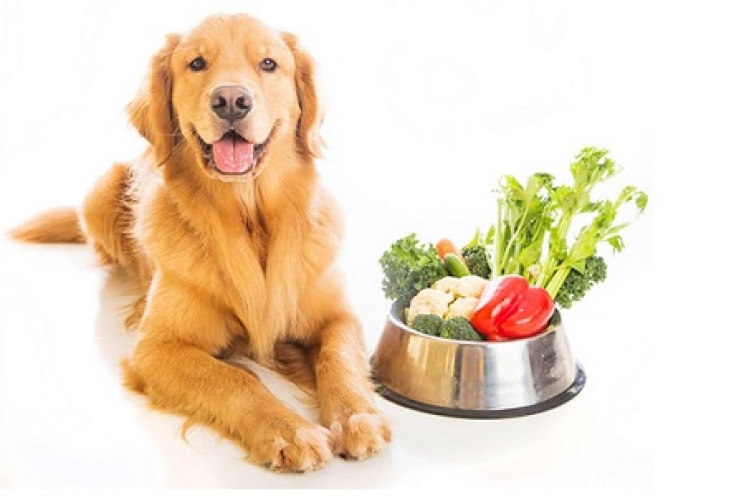
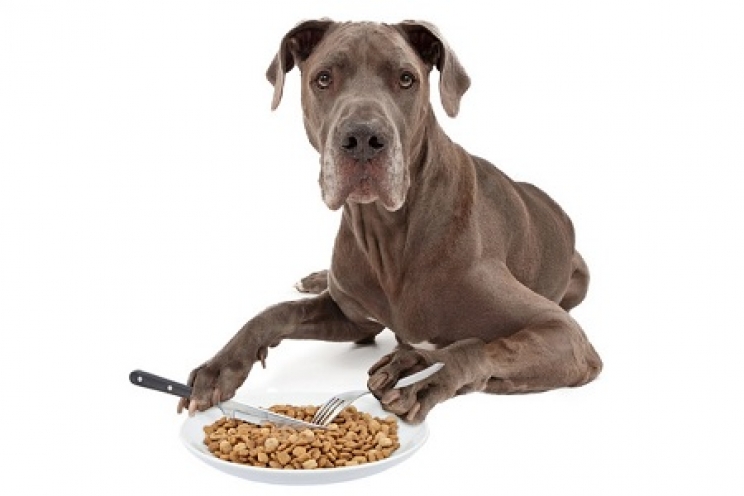
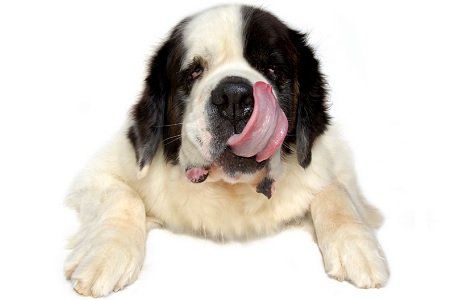
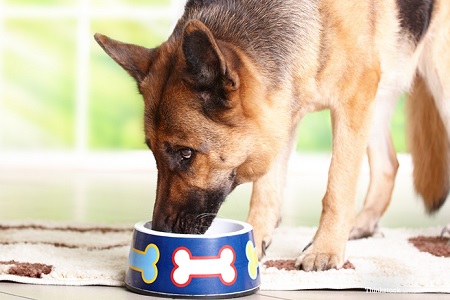
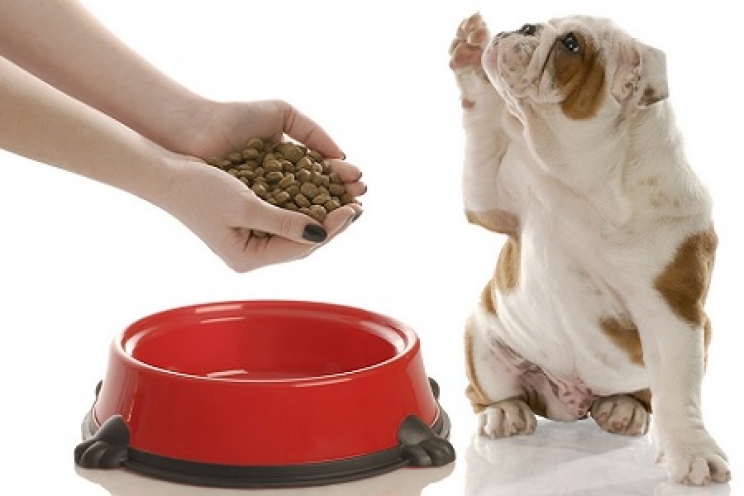
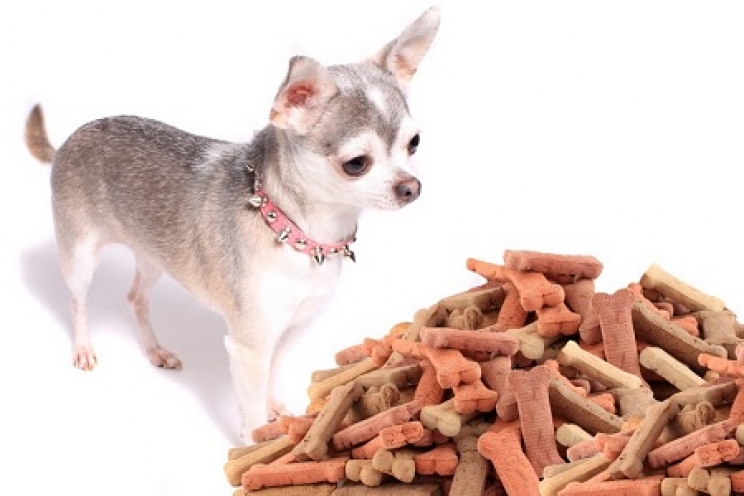
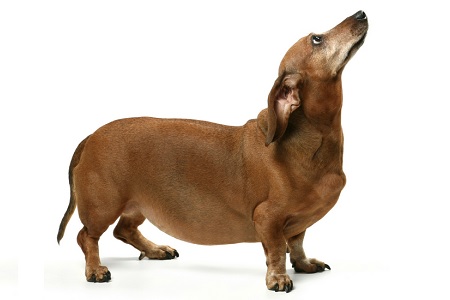 Free radicals: a long life exposes even more to the risk of attack by free radicals, which we have all heard of above all through the advertisements of anti-wrinkle creams. In reality, free radicals act by damaging the cells, especially beyond a certain age, determining not only the aging of the skin, but also of the other tissues and organs;
Free radicals: a long life exposes even more to the risk of attack by free radicals, which we have all heard of above all through the advertisements of anti-wrinkle creams. In reality, free radicals act by damaging the cells, especially beyond a certain age, determining not only the aging of the skin, but also of the other tissues and organs;